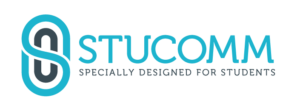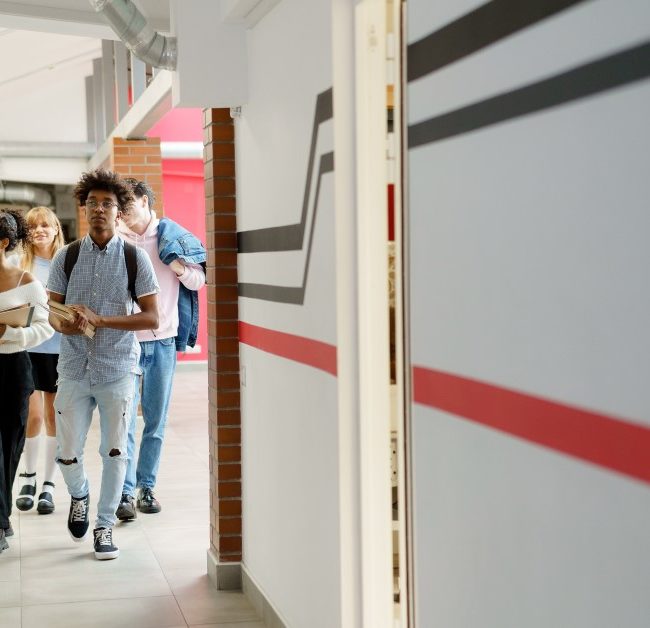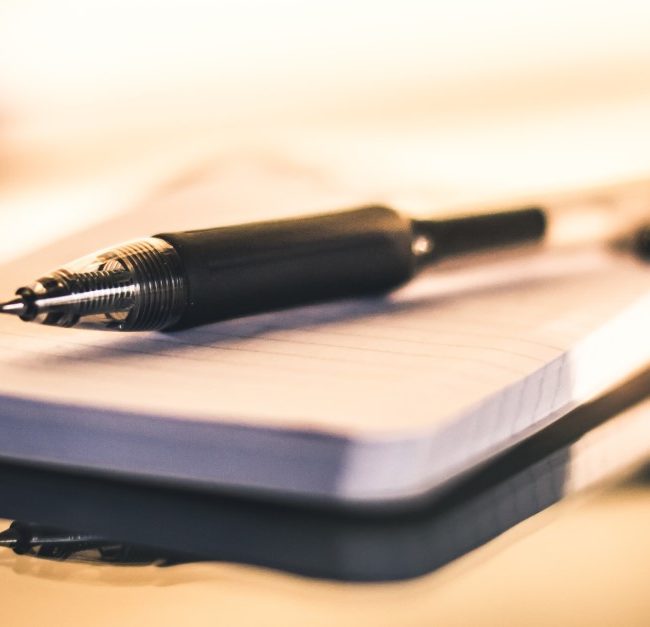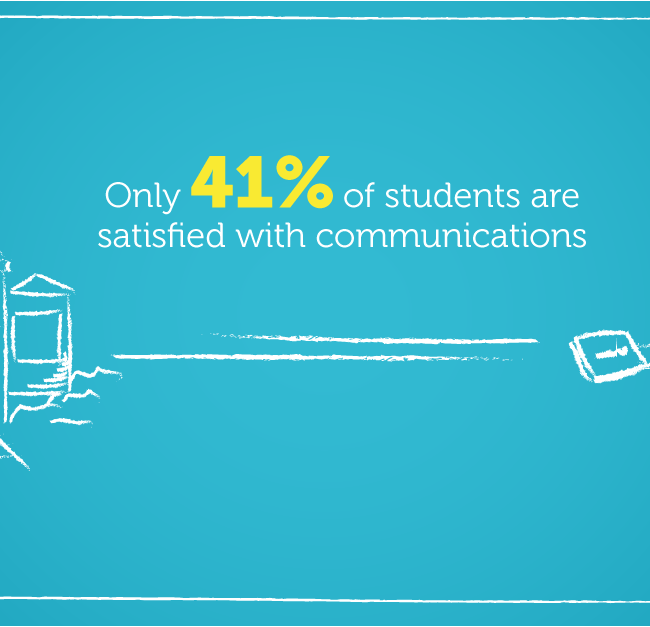
The Key to an Effective Contact Strategy – part 3

In this blog series, we explore how educational institutions can create an effective contact strategy. In our previous blogs, we have focussed on the information and the channel. The third blog post is about interaction with your students: what happens when they send information to you as well?
Students receive a lot of information on a daily basis. Sometimes well structured, other times not so much. More and more educational institutions realise they have to organise the flow of information they send to their students. While this is a big step in the right direction, one very important component is often forgotten. What happens when students need to communicate with you instead of the other way around? Those processes need to be well structured.
News, timetables, study results: these are just a few examples of information students need on a daily basis. There is also the information you need to receive from your students. Are they attending their classes? What exams are students registering for? Who is reaching out for help? As an educational institution, you need to know this.
As with sending information to your students, you need to organise the way they send you information as well. Students need to be able to easily register their attendance, register for exams, reach out for help, and more. But how do you do that?
Incoming Information
The first step of creating an effective contact strategy is to map all information students need and want. The second step is to figure out how to get this information to your students. The third step is to do the same, but for the information students send to you. Being in the driving seat enables you to best organise all outgoing and incoming information.
It is important to find a combination of what your educational institution is capable of delivering and what your students want. For example, mental health is a growing problem among students all over the world. Imagine a student is experiencing stress or anxiety as a result of exam pressures. They will want to reach out for help. As an educational institution, you want to help in the best way possible. Make sure there is a process in place that guides your students in their journey of looking for help. From the first point of contact to assessing the severity of their problems, to possibly even therapy.
The Process
Though this is an extreme example, students simply need to be able to communicate with their educational institution if needed. Whether it is about attendance, study results or mental health.
There is no one right way to have your students interact with you. Most importantly, it is about making sure the process is known. There will be different processes for registering for exams and seeking mental health care. As long as the process is known, your students know what to do to get what they need.

Your Effective Contact Strategy
In this blog series, we have discussed how you can create an effective contact strategy. It starts with mapping all the information your students need and want. When that is clear to you and your colleagues, you continue by figuring out how to communicate that with your students. Remember the digital gap that you will need to overcome. Finally, make sure you enable your students to communicate with you as well if required.
If you want to make sure that your contact strategy is effective, include your students in the process. At every step, it is easy to make certain assumptions on what your students would prefer. Make sure to validate these assumptions amongst your students. This way, you are certain that your contact strategy will suit your students.
Do you want to discuss your contact strategy in more detail? Contact us and we will be happy to help!








